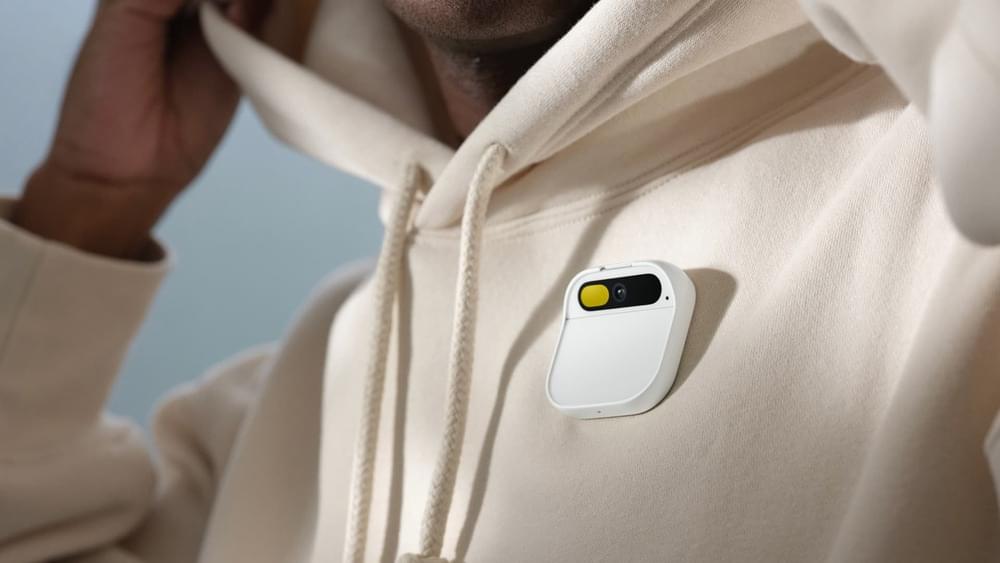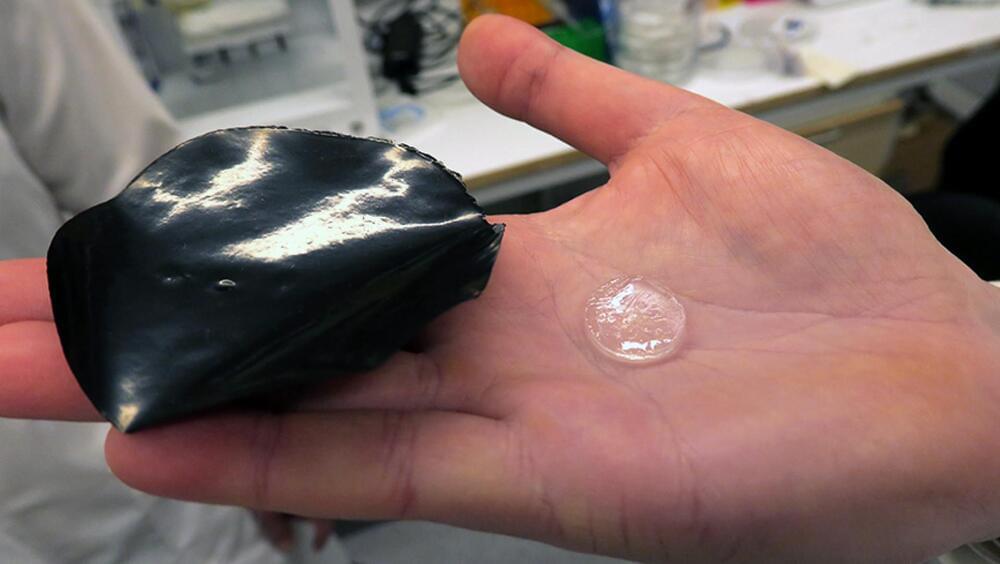DBS delivers electric currents to an electrode implanted in the brain.
Neurotechnology – or – while still an emerging industry, has attracted both major capital investments, and extensive media coverage in recent years. As tech relentlessly searches for the next “big tech platform” in the aftermath of the smartphone era [1], we propose that the answer may lie within our own minds. At NTX Services, we definenology as any technological intervention that interacts with the brain or central nervous system either directly or indirectly, and as attempts to integrate human and machine to enhance both, applications of the technology are broad ranging.
Often described as a new field, is actually based on decades of academic research, previously held back from commercialization at scale due to technological limitations, and slow changes in government policies and regulations. Although humans have been researching the brain and its bioelectrical signals since the 1600s [2], the first major breakthrough in was the invention of the electroencephalogram (EEG) by Hans Berger in 1929 [3]. Since this initial invention, several key developments have influenced the evolution of the industry until 2016, when Neuralink was founded [4].









